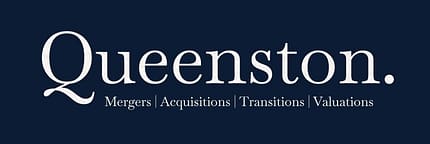
Setting an appropriate selling price: A business valuation helps determine the fair market value of your company, which serves as a starting point for negotiations with potential buyers. This helps ensure that you receive a fair price for your business and prevents you from overvaluing or undervaluing your company.
Attracting the right buyers: A credible business valuation can help attract serious and qualified buyers who are more likely to make a serious offer and close the deal.
Minimizing risks: By having a professional valuation, you can identify any potential risks or areas for improvement that may impact the value of your business, and take steps to address them before the sale.
Improving business performance: The process of preparing for a business valuation can help you improve your operations and financial performance, making your business more attractive to potential buyers.
Legal and tax purposes: A business valuation may be required for legal or tax purposes, such as in divorce proceedings or for estate tax planning.
Overall, having your business valued before you sell it helps ensure that the process is smooth, efficient, and equitable for all parties involved.

Join Us
Queenston Membership Has Privledges
Stay up to date on all opportunities by joining our Queenston Membership Program.
